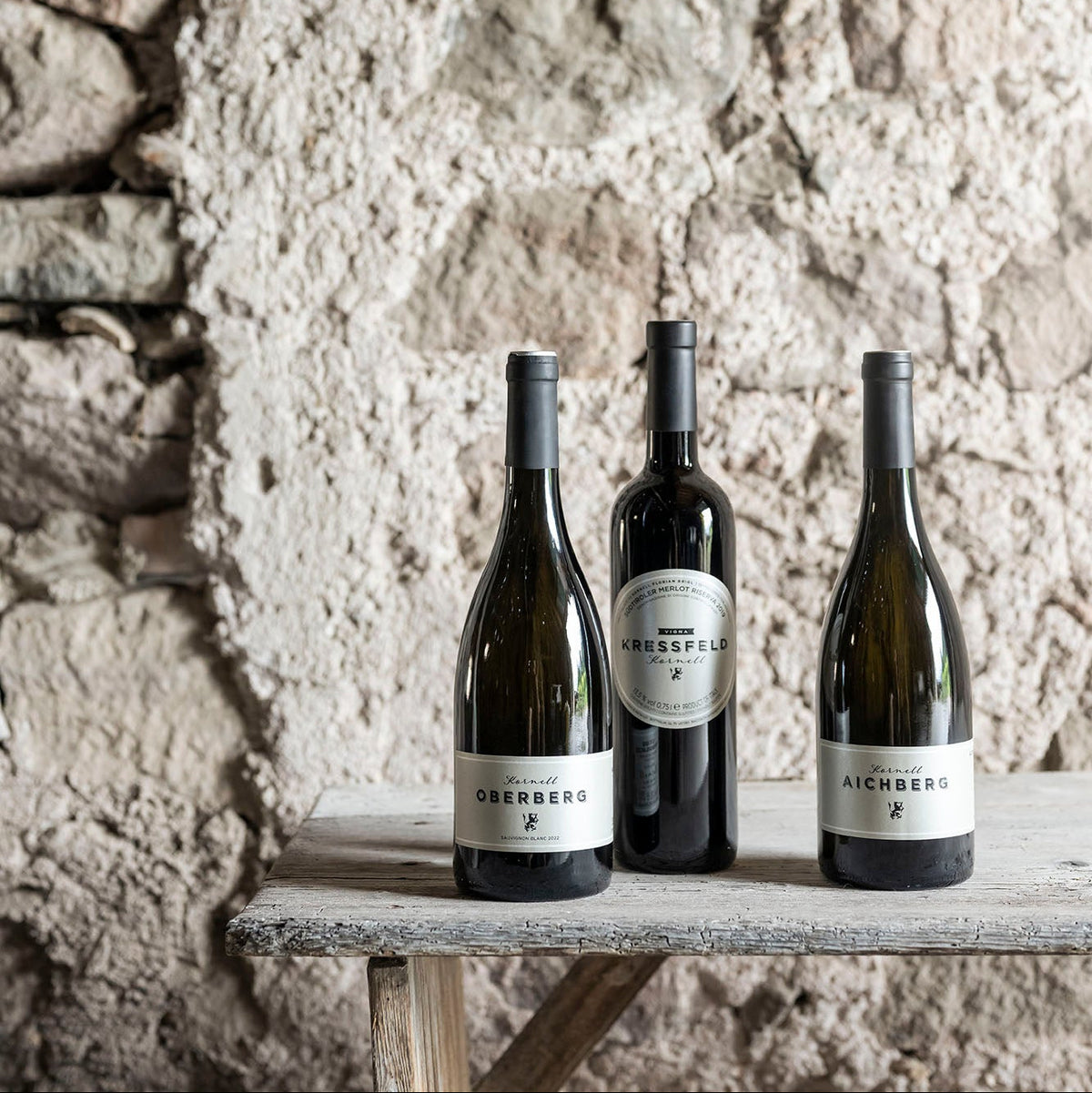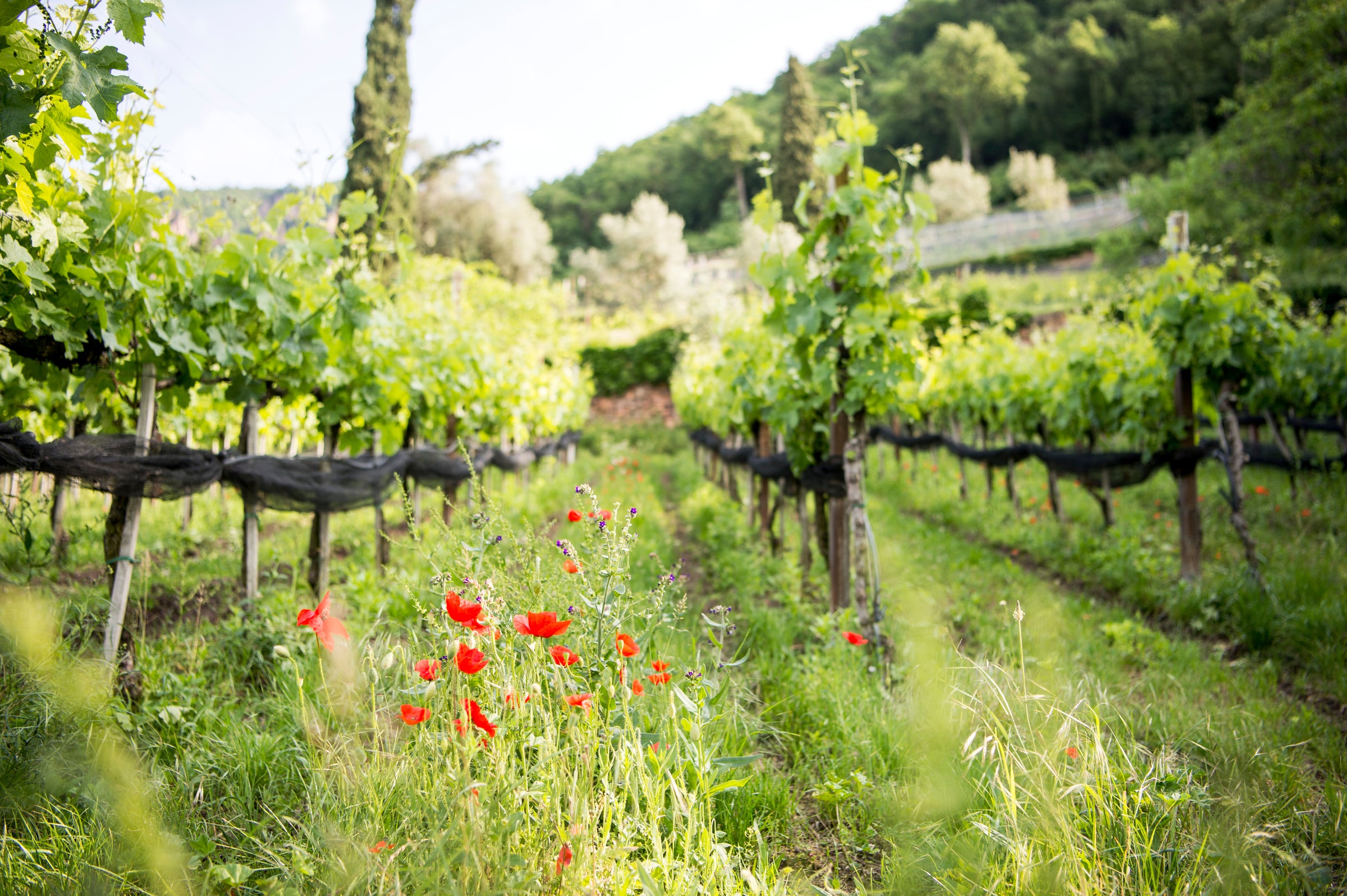KORNELL – WHERE WINE HAS ALWAYS BEEN AT HOME.
A stately residence with over 700 years of viniculture and a history of settlement dating back 2000 years. The Rhaetians already recognised the special advantages of this location: The heat-retaining porphyry rocks on the steep vineyards absorb the sun's heat during the day and ensure cool temperatures at night – ideal conditions for exquisite wines. Kornell is a family-run wine estate that has been owned by the Brigl family since 1927 and managed with passion and commitment by Florian Brigl since 1996.


I have the good fortune and also the privilege of carrying on the historic legacy of our ancestors.
OUR WINES
Cool nights and 2,100 hours of sunshine at altitudes between 250 and 900 metres offer ideal conditions for wines with an expressive personality – characterised by Mediterranean elegance, special charm and an authentic character.

Complex
Authentic, typical of the variety and full of drinking pleasure – accessible, expressive and deeply connected to the terroir.
To the wines
Significant
The historic location and the heart of Kornell: STAFFES. A distinctive Lagrein, a complex Cabernet and an elegant Merlot – characterised by character, finesse and depth.
To the wines
Personal
A promise of origin, passion and unparallelled quality – always without compromise.
To the winesGOING FORWARD
As a family-run wine estate our environment is more important to us than anything else. Our vines teach us that everything we do today will be reflected in the reality of tomorrow.
Great wines come from healthy vines rooted in healthy soils. We focus on the targeted promotion
of soil fertility and the build-up of humus - for example by sowing clover, mustard and cereals, using organic fertilisers and particularly gentle soil cultivation. This creates the ideal conditions for wine that impress with their quality and expressiveness. We already cover our heating and hot water requirements from our own sustainable resources. One of our leading edge projects is the construction of a photovoltaic plant intended to generate the majority of our energy requirements. We also reduce our carbon footprint by using environmentally friendly packaging. Kornell combines tradition and innovation - always with responsibility for nature and the future of coming generations.





